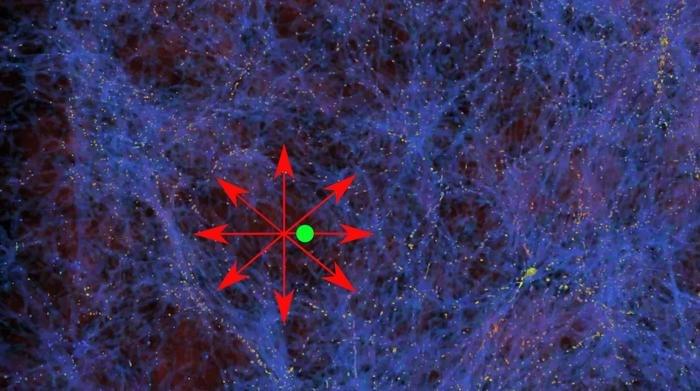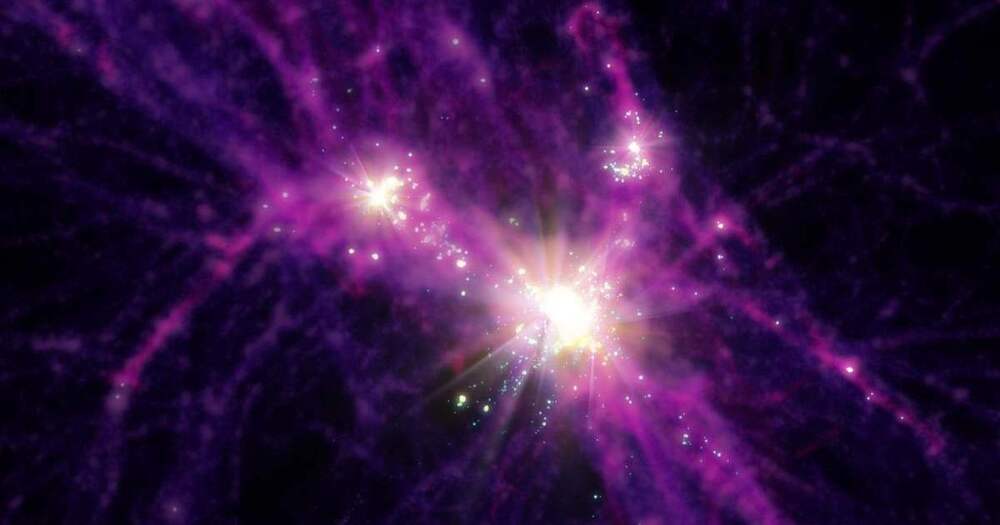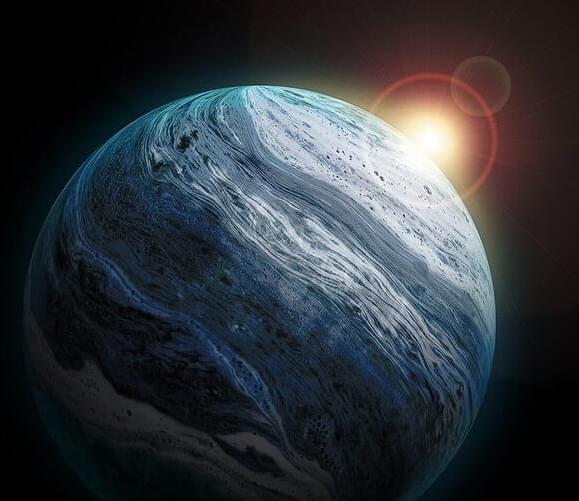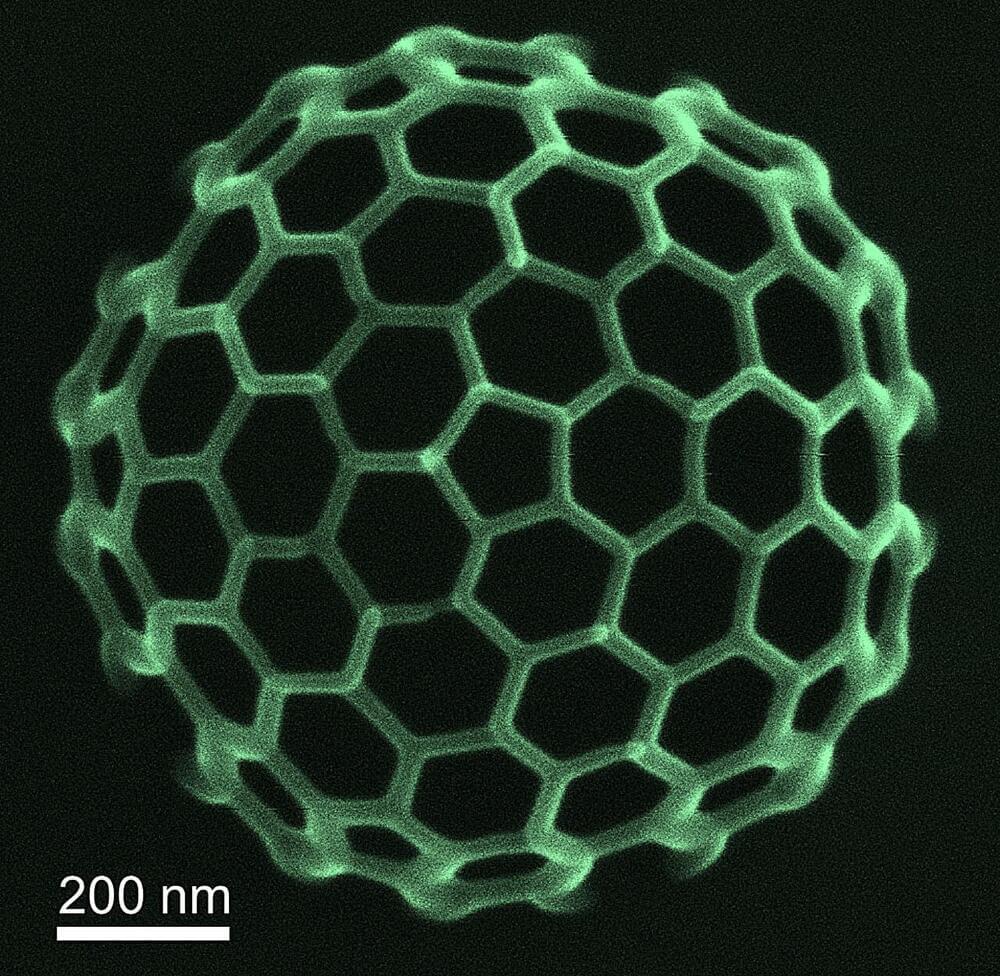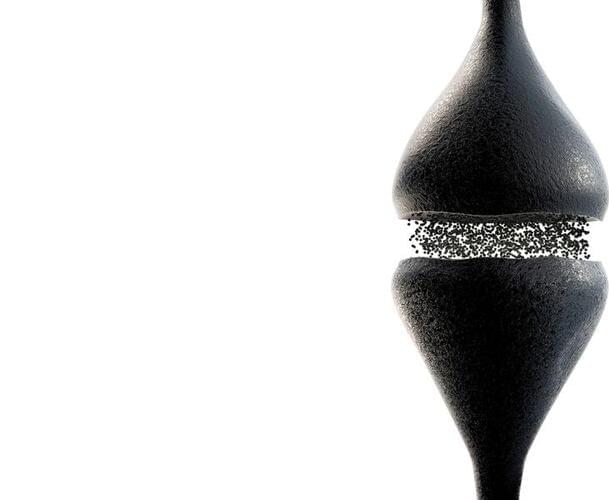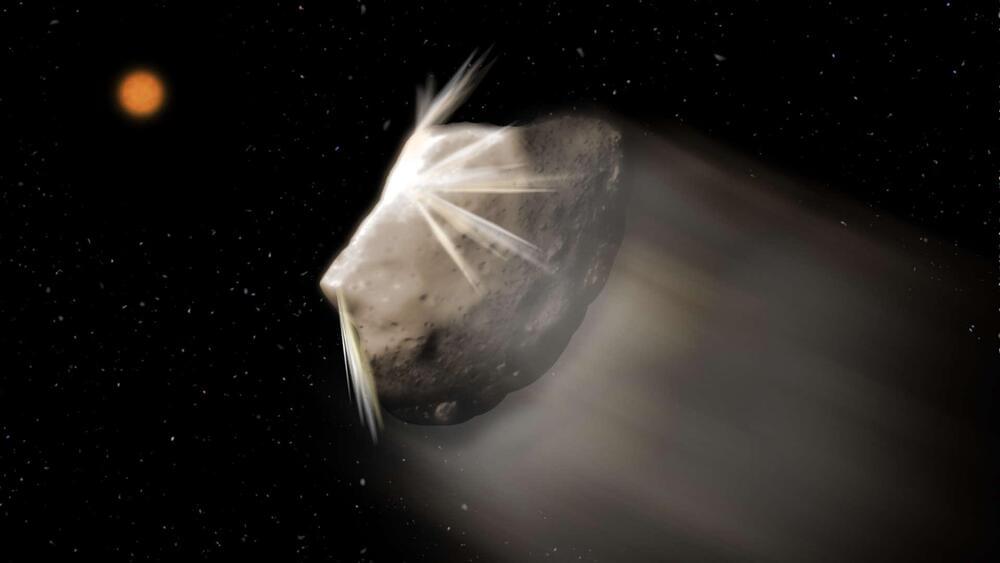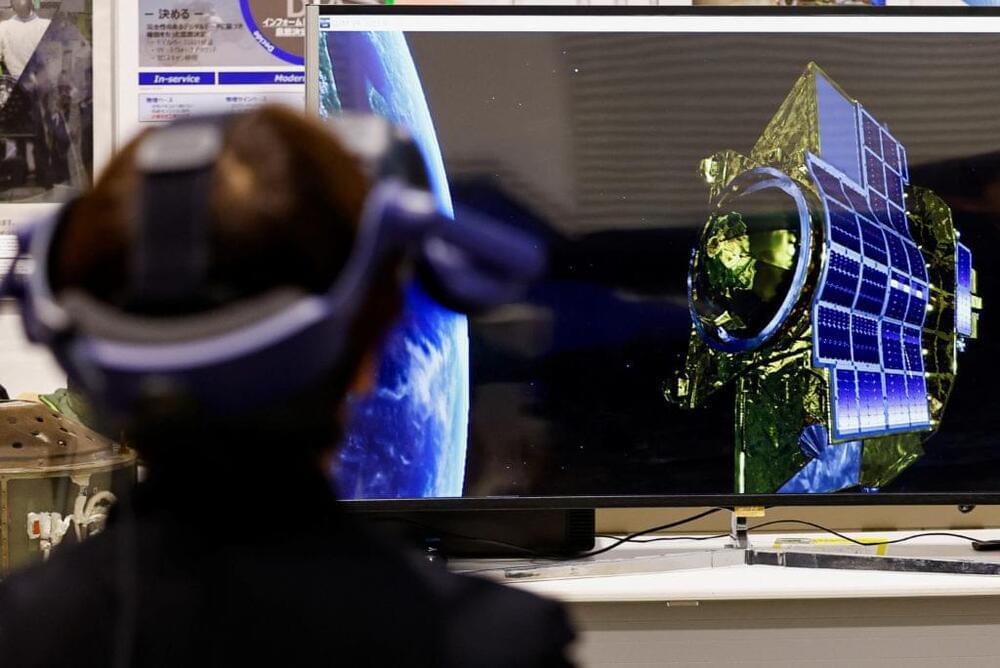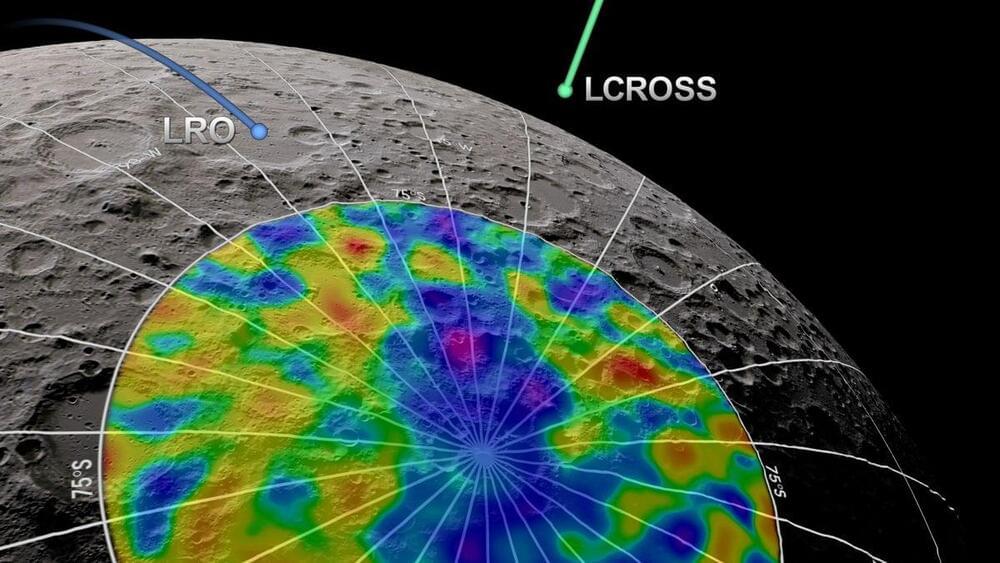Jan 21, 2024
Cosmologists toy with novel ideas to resolve Hubble tension
Posted by Dan Breeden in category: space
Astronomers have proposed a new way to solve the so-called “Hubble tension,” but the approach ultimately raises more questions than it answers.
By way of background, cosmologists are in a bit of a crisis these days. One of the most important numbers they can measure is the so-called Hubble constant, the rate of expansion of the present-day universe. At their disposal cosmologists have two sets of tools to measure this number. On one side are tools that probe the relatively nearby universe, like measuring the brightnesses of a certain kind of exploding star known as Type 1a supernovae. These supernovae all erupt with the same absolute brightness, so by measuring their observed magnitudes, astronomers can calculate their distances, and then use that to estimate how quickly the universe is expanding.
The downside of this approach is that supernovae don’t always explode with exactly the same brightness, and for the kind of precision measurements astronomers are aiming for, they have to include assumptions and modeling of supernovae, which can potentially introduce inaccuracies.
